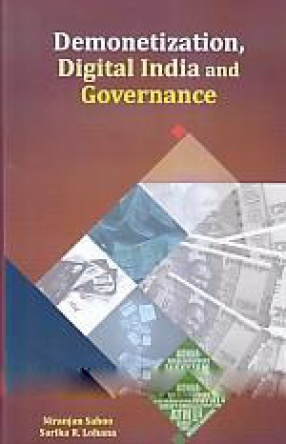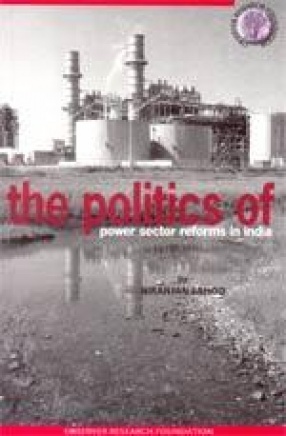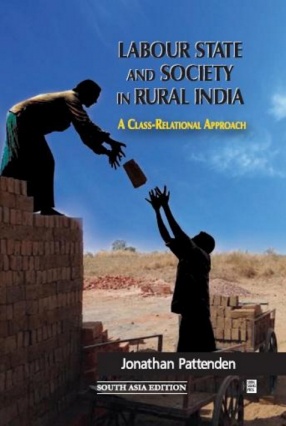The share of rural population in total population of India was 74.3 percent in 1991 which decreased to 72.2 percent in 2001. According to 2011 Census, rural population was 68.8 percent of total population. With prospect of industrialisation and the consequent migration of rural population to urban areas, the percentage share of rural population in total population is expected to decline to 60 percent by 2030. Nevertheless, in the present scenario the bulk of India’s population lives in rural areas.
Alleviation of rural poverty has been one of the primary objectives of planned development in India. Ever since the launching of the First Five Year Plan on April 1, 1951, the policies and the programmes have been designed and redesigned with this aim. It has now been realised that a sustainable strategy of poverty alleviation has to be based on increasing the productive employment opportunities in the process of growth itself.
Rural poverty is inextricably linked with low rural productivity and unemployment, including underemployment. Hence, it is imperative to improve productivity and increase employment in rural areas. This book explains the problems of rural masses in India and examines public policies and programmes to solve them.
Contents: 1. Rural development: an overview. 2. Rural industries and enterprises. 3. Rural transport and communications. 4. Rural electrification. 5. Rural water supply. 6. Rural sanitation and cleanliness. 7. E-Governance for agriculture and rural development. Appendices. References/Bibliography. Index.







There are no reviews yet.